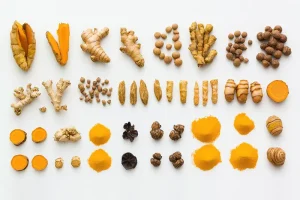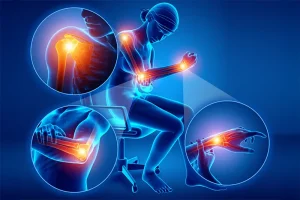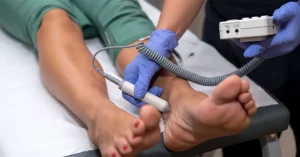Stress urinary incontinence is the involuntary loss (leakage) of urine that occurs during physical exertion: coughing, sneezing, bending over, sitting down, standing up, etc. The amount of urine lost can be more or less (a few drops). Approximately 1/3 of women over the age of 50 suffer from urinary incontinence. Most women avoid talking openly about urinary incontinence, which delays diagnosis and treatment, which is quite effective in most cases.
What Are the Causes of Stress Urinary Incontinence?
- Genital Prolapse: Caused by weakening of the pelvic muscles (pelvic floor).
- Multiple Pregnancies and Births: Obesity leading to increased intra-abdominal pressure.
- Menopause: Due to a decrease in hormone levels, the tone of the connective tissue decreases.
- Nerve Disorders: In some spinal injuries, diabetes mellitus, Parkinson’s disease, multiple sclerosis.
- Some Surgical Procedures: Surgical treatment of genital prolapse.
- Medications: Prolonged use of diuretics for high blood pressure.
How Is Stress Urinary Incontinence Diagnosed?
Through discussion and a clinical examination with your doctor, a diagnosis of stress urinary incontinence can be made. In some cases, additional tests may be necessary, which are non-invasive and painless (urodynamics).
Once the diagnosis is established, your doctor may recommend treatment, which may not be surgical. Whichever treatment method you choose, the situation will improve and, in some cases, this condition can be permanently cured.
Before Consulting Your Doctor
To make the consultation as informative as possible:
- Make a list of all the clinical signs and symptoms you have. It is also important, if you are taking chronic medication, to write down what medications you are taking, as some irritate the urinary tract.
- Prepare a list of questions you want the doctor to answer, such as:
- What are the treatment methods for this condition?
- Can it be treated without surgery?
- Can it get worse over time or cause complications?
- Does body weight affect this condition?
- What tests are needed to determine the cause of urinary incontinence?
How Is Stress Urinary Incontinence Treated?
Self-Training Techniques
Some self-training techniques can help with mild to moderate urinary incontinence:
- Kegel Exercises: These are exercises designed to strengthen the pelvic floor muscles by repeatedly tensing and relaxing the muscles that hold urine, without tensing the leg or abdominal muscles. These exercises should be performed every day, 10 repetitions per set, 5 sets per day.
- Weight Loss: Obesity is one of the causes of urinary incontinence, as it increases intra-abdominal pressure.
- Pessaries: The use of this intravaginal device can lead to the disappearance of urinary incontinence by attempting to keep the bladder in its anatomical position. The disadvantages of this procedure are vaginal infection and a foreign body sensation.
Surgical Procedures
When other treatment methods are unsuccessful, surgery may be an option. Modern surgical procedures for urinary incontinence are minimally invasive, laparoscopic, or transvaginal, with minimal risks and rapid recovery.
There are several types of surgical procedures:
- Laparoscopic Burch Procedure: By suspending the proximal urethra and bladder neck to the Cooper’s ligaments. This procedure is indicated in sexually active patients, with good results, minimal risk of infection, and rapid recovery. (No prosthetic material is used).
- Transvaginal TOT, TVT (Mesh) Tape Insertion: To lift the urethra and bladder neck, with a low complication rate and long-lasting effectiveness.
- Kelly Surgery: A tissue procedure that aims to restore the anatomical position of the urethra and bladder neck.
- Artificial Sphincter Implantation
Stress Urinary Incontinence in Women – Causes, Symptoms, Treatment. Dr. Oleg Cebotari – Video
If you experience stress urinary incontinence, do not wait for symptoms to worsen. Early diagnosis and proper treatment can significantly improve your quality of life and, in some cases, provide a permanent solution. At VenArt Clinic, our specialists combine advanced techniques with personalized care to ensure the best outcomes for every patient. Contact us today to schedule a consultation and start your journey toward effective treatment.











